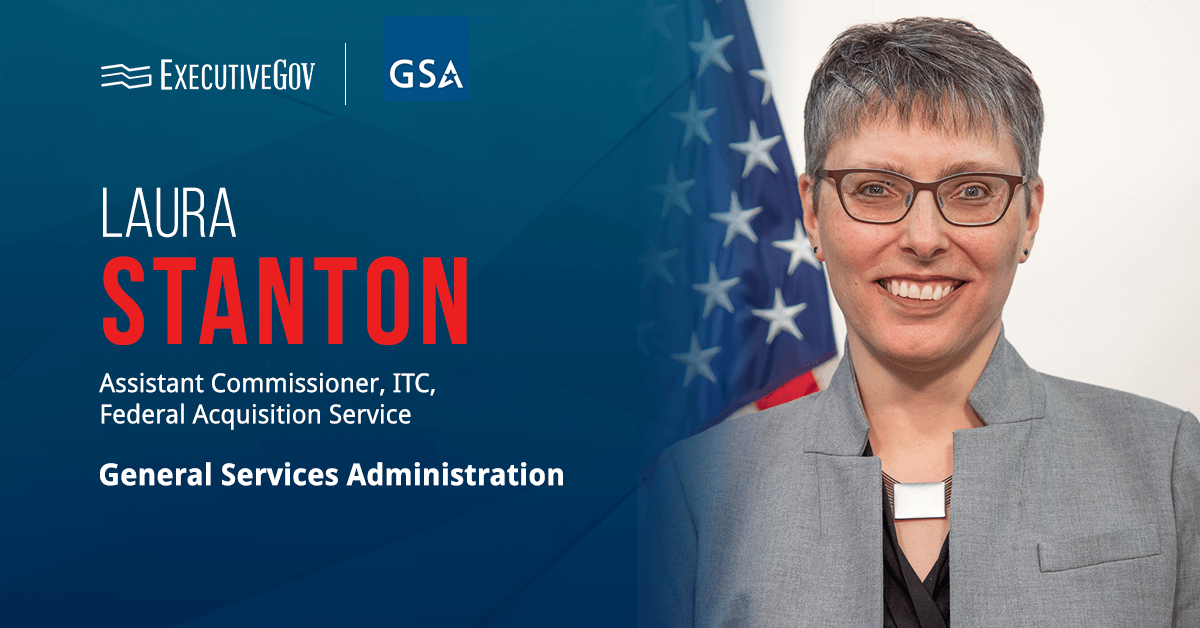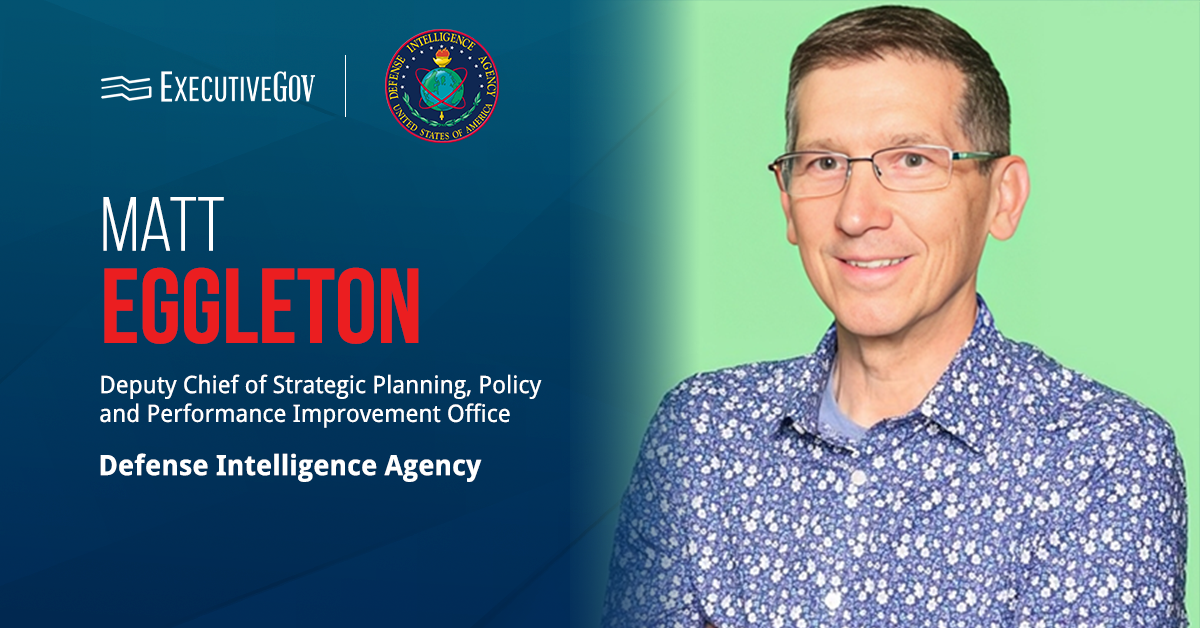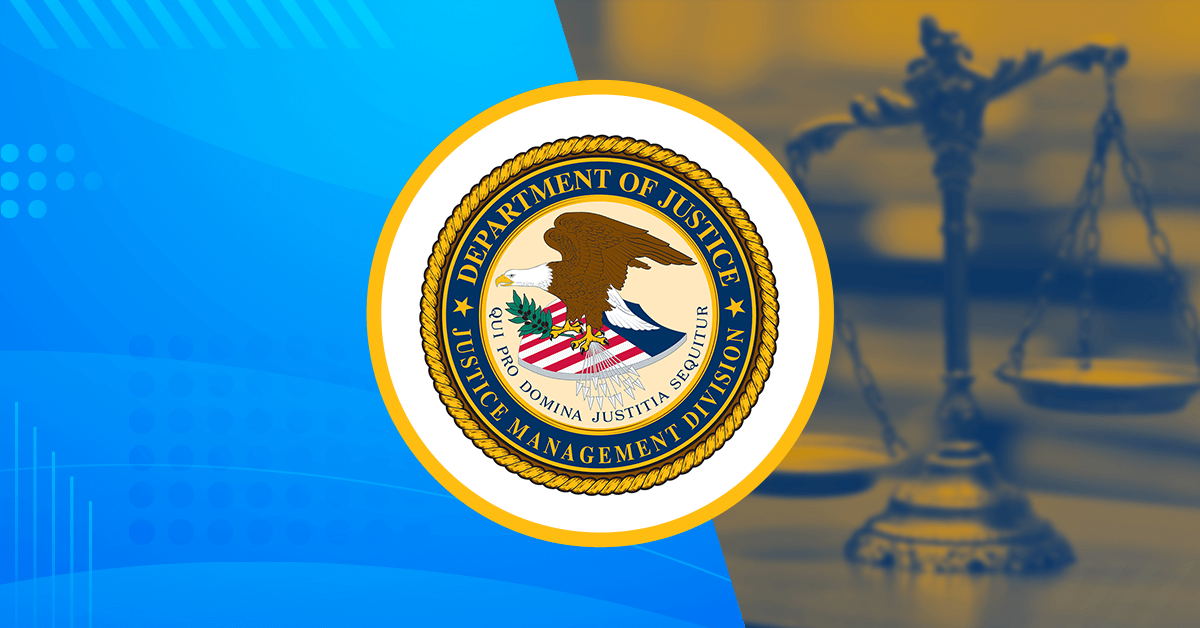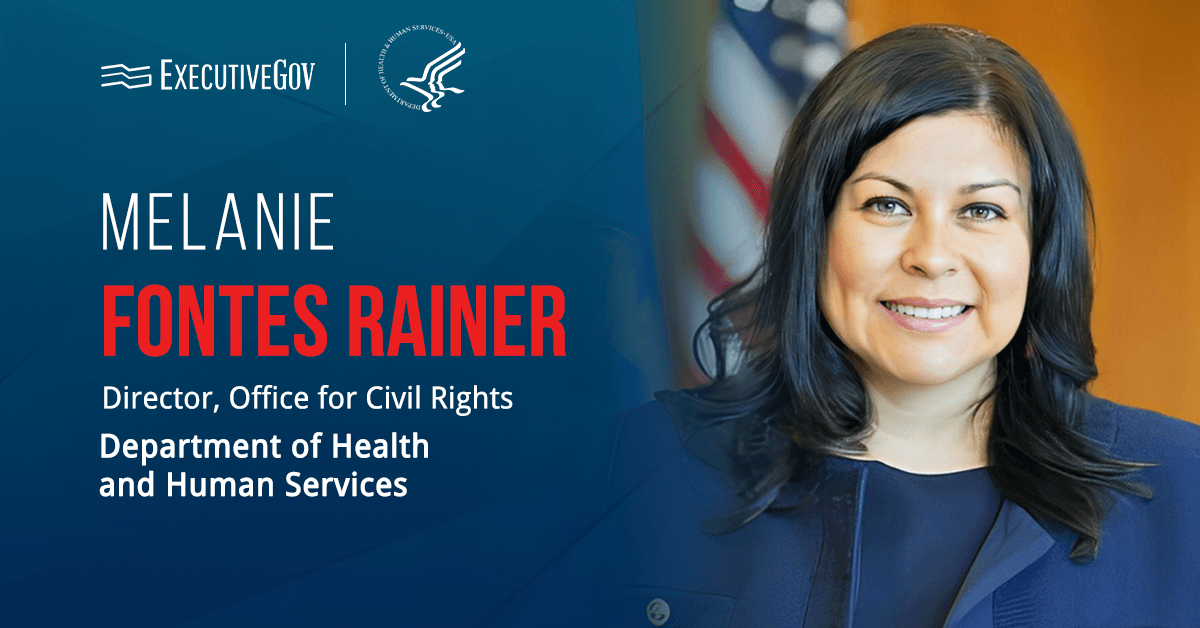Leidos has booked a hybrid contract from the U.S. Army valued at $48.8 million for General Electronic Test Station, or GETS, equipment and related items.
The Department of Defense said Monday the cost-no-fee, cost-plus-fixed-fee and firm-fixed-price contract also covers hardware, software, upgrades and spare parts for the test station equipment.
What Does the Contract Work Entail?
The Reston, Virginia-based company will perform work for the contract at various sites in and outside the United States. This includes Huntsville, Alabama, Kuwait, Qatar, Saudi Arabia, Switzerland and the United Arab Emirates. The contract is expected to be completed by Dec. 31, 2029.
The Army Contracting Command in Redstone Arsenal, Alabama is the contracting activity. It will initially allocate $14.4 million from the Army’s fiscal 2025 missile procurement funds and the foreign military sales funds of Kuwait, Qatar, Saudi Arabia, Switzerland and UAE.
Leidos was previously awarded a $23 million FMS contract by the Army in January 2020 to provide support services for GETS-1000, particularly in upgrading missile technology for Qatar, Saudi Arabia and the UAE.











